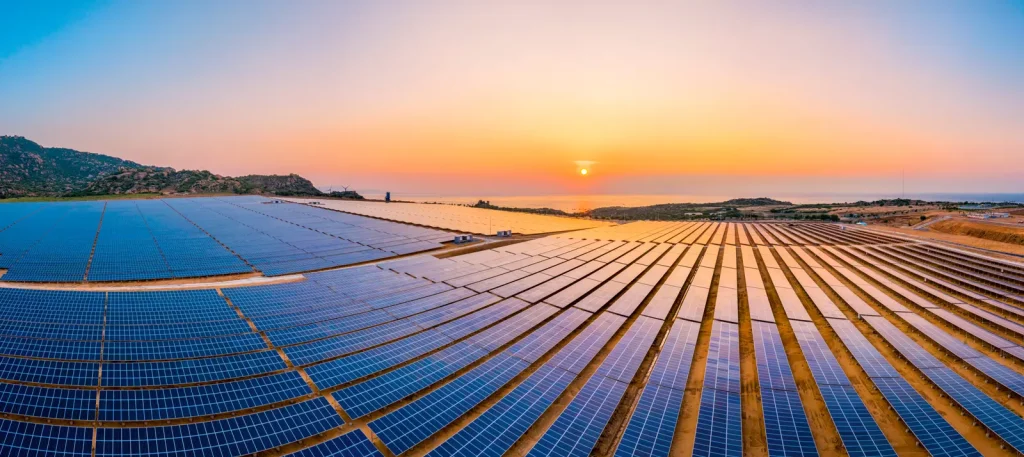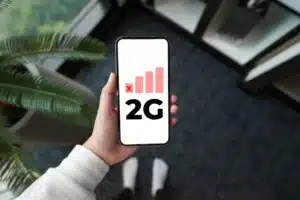Empowering Solar Farms with Smart IoT Connectivity
As the world accelerates toward a clean energy future, solar farms are playing a pivotal role in meeting global sustainability goals. But with scale comes complexity. Managing vast arrays of solar panels across remote locations requires more than just manpower—it demands intelligence, automation, and real-time insight. That’s where IoT connectivity steps in.
 What Is IoT Connectivity in Solar Farms?
What Is IoT Connectivity in Solar Farms?
IoT (Internet of Things) connectivity refers to the network of smart sensors, devices, and communication systems that collect, transmit, and analyze data from solar farm operations. These systems enable operators to monitor performance, detect issues, and optimize energy output—all in real time.
Key Applications of IoT in Solar Farms
1. Real-Time Performance Monitoring
IoT sensors continuously track metrics such as:
Solar irradiance
Panel temperature
Voltage and current output
Inverter efficiency
This data is transmitted to cloud-based dashboards, giving operators a live view of system health and performance.
2. Predictive Maintenance
Instead of waiting for equipment to fail, IoT systems use historical and real-time data to predict when components like inverters or panels are likely to degrade. This reduces downtime and maintenance costs.
3. Remote Management
IoT-enabled solar farms can be managed from anywhere. Operators can:
Adjust settings remotely
Receive alerts for anomalies
Schedule maintenance without site visits
This is especially valuable for farms in remote or hard-to-reach areas.
4. Energy Forecasting & Grid Integration
By combining IoT data with weather forecasts and AI models, solar farms can predict energy output and adjust operations accordingly. This helps balance supply with demand and improves integration with the power grid.
5. Security & Safety Monitoring
IoT cameras and motion sensors can detect unauthorized access or physical damage. Environmental sensors can also monitor for fire risks, overheating, or electrical faults.
 Connectivity Technologies That Power IoT in Solar Farms
Connectivity Technologies That Power IoT in Solar Farms
5G: Offers high-speed, low-latency communication for real-time data transmission.
LPWAN (Low Power Wide Area Networks): Technologies like LoRaWAN and NB-IoT are ideal for transmitting small amounts of data over long distances with minimal power usage.
Edge Computing: Enables local data processing at the device level, reducing the need for constant cloud communication and improving response times.

Sustainability Meets Smart Technology
IoT connectivity doesn’t just make solar farms more efficient—it makes them more sustainable. By optimizing energy output, reducing waste, and minimizing manual intervention, IoT helps solar farms deliver cleaner energy with a smaller environmental footprint.
 The Future of Solar Energy Is Connected
The Future of Solar Energy Is Connected
As solar technology advances, IoT will become even more integral to its success. From AI-driven analytics to autonomous maintenance drones, the possibilities are vast. For solar farm operators, embracing IoT is no longer optional—it’s essential for staying competitive, sustainable, and future-ready.
Ready to harness the power of IoT for your solar farm? Let’s talk about how smart connectivity can transform your energy operations.




